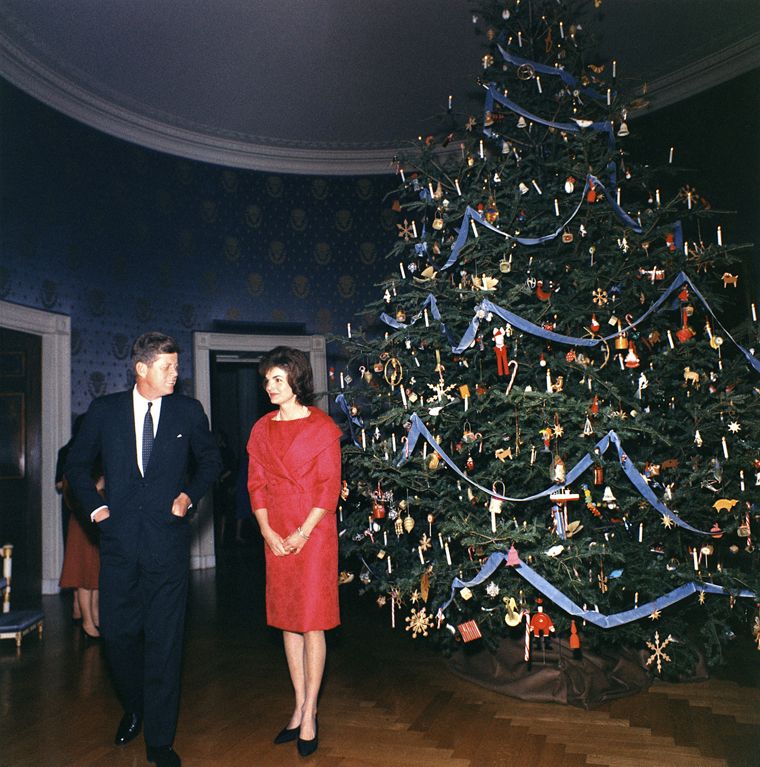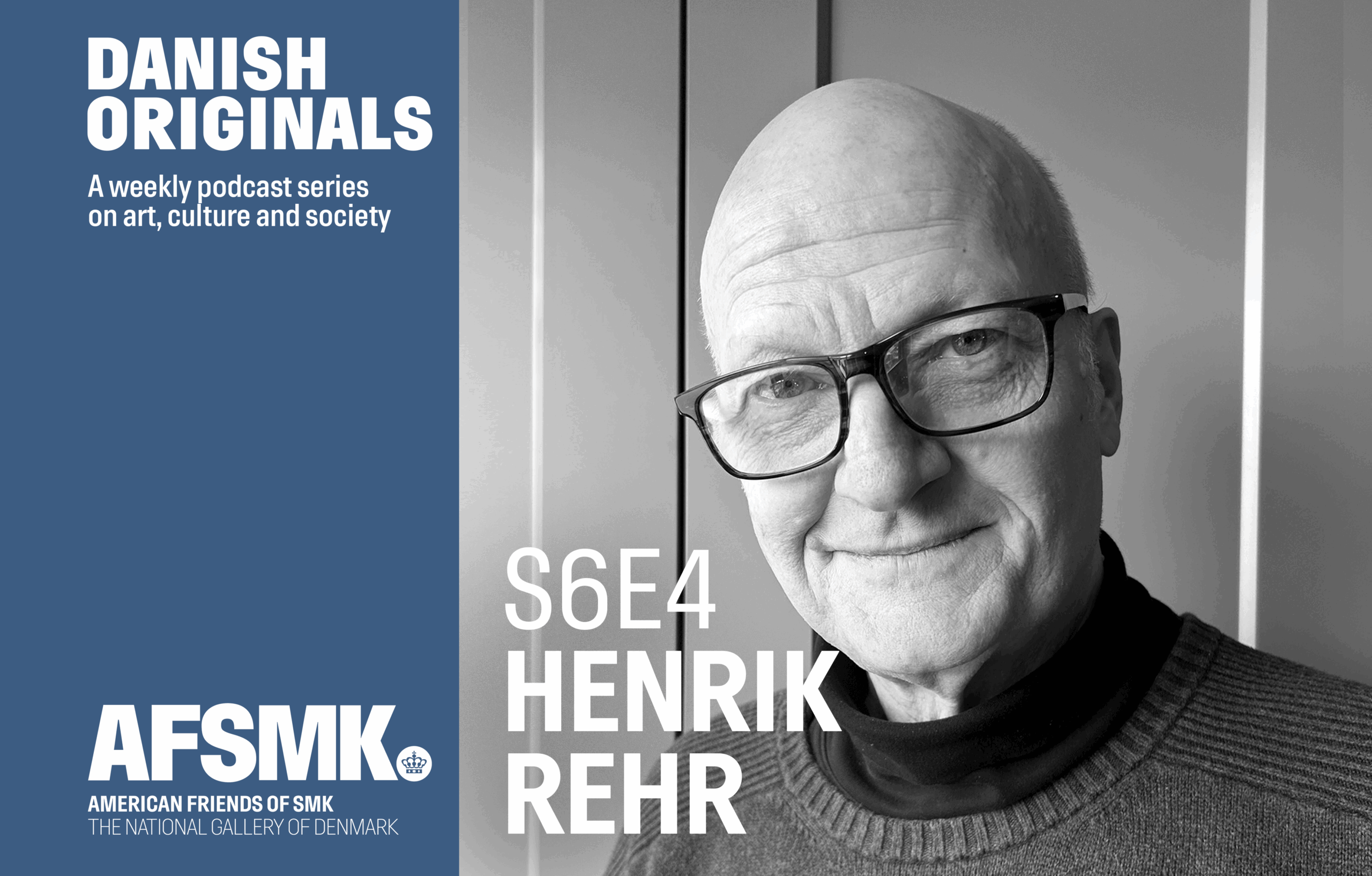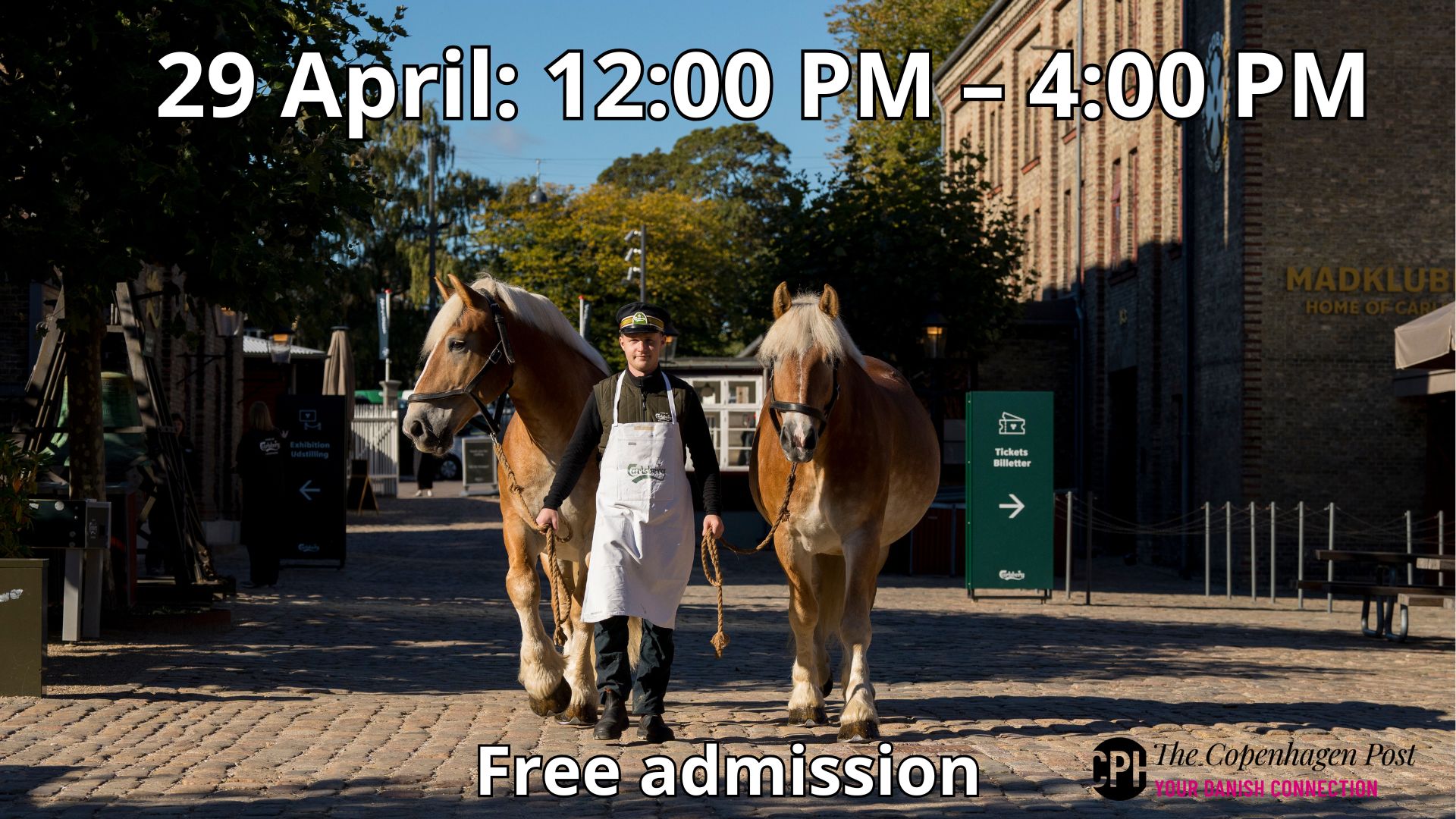For many, the Christmas tree is the quintessential Christmas symbol. Children around the world wait eagerly until the day it’s erected − its position in the house signalling that Christmas has finally arrived.
Whether tall or short, real or fake, the Christmas tree has become synonymous with Christmas. But considering that the nativity story took place in the desert towns of the Middle East, it’s hard to find a more incongruous symbol. Just where does this connection stem from? And why has it endured?
Pre-dating Christianity
Using evergreen trees in the home actually pre-dates Christianity. Fearing that the onset of winter meant that the sun was abandoning them, ancient Europeans would adorn their homes with evergreen boughs, pines and spruce trees as a way of encouraging it to return.
With the winter solstice occurring around December 20 or 21, pagan homes would be decorated in anticipation of this event. They also believed that certain trees warded off spirits and ill-health, so it was not uncommon for trees and branches to be tied to windows and placed close to doors.
In honour of Saturn, Ra, Odin …
Early Romans marked the solstice with a feast called the Saturnalia in honour of Saturn, the god of agriculture (among other things). In recognition that winter would soon be ending, Romans would decorate houses and temples with evergreen boughs: a symbol for what the new planting season would bring.
Ancient Egyptians also celebrated the end of winter, decorating their homes with green palm rushes in anticipation of the return of Ra.
And it’s worth noting that the Viking ‘Yule Log’ has survived the test of time, but instead of runes being carved into pieces of wood, most Danes recognise it now as a rolled cake or cheese log rolled in nuts.
Luther according to legend
It’s widely believed that the Christmas tree tradition as we know it, however, originated in Germany in the 16th century.
Originally used by devout Christians as a representation of the holy trinity, triangular-shaped trees first began appearing in German houses in as early as 1520. When trees were unavailable, other triangular shapes were used, and it was not uncommon for pyramids of wood to be decorated with evergreen and pine boughs, which were favoured for their aromatic smell.
Some believe that it was Martin Luther himself who first decided to put lighted candles on a tree. Legend has it that after walking home one night and noticing the stars above him, he decided to recreate the splendour on a tree at home, putting lit candles on it as a representation of heaven and earth.
Although many have dismissed this idea as little more than Protestant propaganda, the Christmas tree is certainly a Protestant invention, spreading from Germany to other parts of the world.
Banned by Cromwell
Although the tradition spread from Germany, it was by no means an overnight sensation. Many actively resisted the notion of representing Jesus’s birth, and Puritans in England railed at what they saw as a blasphemous extravagance.
The famous English Puritan, Oliver Cromwell, was said to be so outraged at the idea of the ‘heathen tradition’ that he banned Christmas trees, along with Christmas carols, in 1647.
Not wanting their Protestant competitors to have all the fun, the Catholic Church recognised the Christmas tree as an authentic Christmas representation in the early 1800s. Introduced into Vienna towards the end of the Napoleonic Wars, the Christmas tree spread through central Europe and eventually to France where it was embraced by the influential Duchesse d’Orleans.
Promoted by the House of Hanover
In 1846, Queen Victoria and Prince Albert were sketched sitting around a Christmas tree decorated with candles and ribbons. This immediately set a trend in England that grew considerably throughout the 19th century, eventually arousing the curiosity of the fashionable elite on America’s East Coast.
Although Christmas trees had arrived in America with German settlers some years before, they were seen as little more than an oddity, only gaining in general popularity by the beginning of the 1890s.
By the turn of the 20th century, the Christmas tree had well and truly arrived. The advent of electricity enabled the production of Christmas tree lights that saw an explosion in the trees’ popularity. Doing what America does best, the Christmas tree became an industry, eventually growing into the essential Christmas item that it is today.
Dancing around the tree
The Danish tradition of dancing around the tree is one that has to be experienced. With each person holding hands and singing carols, this tradition is uniquely Scandinavian, although variants have been carried to other parts of the world.
A remnant of pagan beliefs, ancient Danes would dance around their chosen tree as a sign of respect for the natural world. Following Christianisation, this tradition was upheld − one of many examples of Christianity blending with existing beliefs.
Curiously, the time that people choose to erect their trees differs. While many in the English-speaking world decorate their tree in early December, others wait until a week before. Danes generally decorate their tree only days before Christmas, which of course is celebrated here on Christmas Eve.
Regardless of the timing, it’s safe to say that the Christmas tree is now so ingrained into the Christmas tradition that it’s here to stay. With its pride of place in the centre of a room, adorned with decorations and surrounded by presents, it’s easy to see why.














